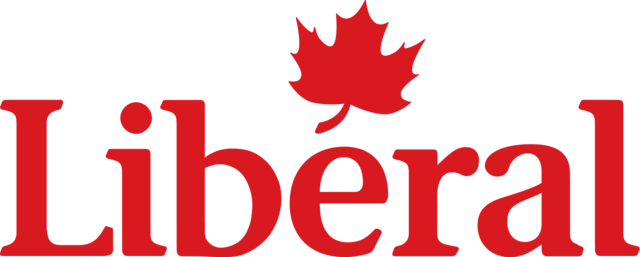The National Party of Canada was a short-lived federal political party created by Edmonton publisher Mel Hurtig in 1992. It was a left-leaning, progressive, economic nationalist party. It opposed free trade and ran 171 candidates in the 1993 federal election but won no seats. The party fell apart due to an internal dispute and lost its registered party status in 1997. (It should not be confused with the National Party, created by disaffected NDP members in the late 1970s, or the Canadian Nationalist Party, a white supremacist hate group.)

Background
The National Party of Canada was created as a reaction to Canada’s free trade pact with the United States. Signed in 1987, the agreement was then expanded to include Mexico and became NAFTA in 1994. (See also CUSMA.) The National Party of Canada opposed free trade because it believed Canada would lose manufacturing jobs to the US. It feared that Canada’s markets would be flooded by cheaper, mass-produced American goods.
Mel Hurtig had unsuccessfully run for federal office as a Liberal candidate in 1972. He then became a founding member of the Committee for an Independent Canada, serving as their national chairman. In 1985, he was founding chair of the Council of Canadians and published the first print edition of The Canadian Encyclopedia. (The encyclopedia has been operated by the Historica Foundation, now Historica Canada, since 1999). Hurtig had long called for more independence from the United States and was a well-known, long-time opponent of free trade. He worried that it would lead to a loss of economic sovereignty. This, he believed, would then lead Canada to lose political sovereignty and its own culture.
The party was also opposed to the political control of large corporations, special interest groups and lobbyists. It argued that money had become a corrupting force in politics, causing a party’s allegiance to shift from its constituents to its donors. To correct this, the party argued that all party financing should be restricted to individual donations.
Objectives
The party’s goals were outlined by Hurtig in a 1992 policy statement called A New and Better Canada. Those included, among other things:
- Barring donations by corporations or labour groups to political parties;
- Creating citizens’ committees to oversee appointments and government contracts;
- Putting any major policy changes to a binding national referendum;
- Cancelling the Canada-US Free Trade Agreement;
- Fixed-date elections and a shorter parliamentary session;
- Shifting the tax burden from individuals to corporations.
Party Performance
The National Party of Canada contested the federal election on 25 October 1993 with 171 candidates. Hurtig sued the CBC for the right to participate in the 1993 leaders debate but was unsuccessful. He won nearly 13 per cent of the vote in his riding of Edmonton Northwest. No party member won their seat. The party as a whole took 1.38 per cent of the popular vote.
Dissolution of Party
After the party’s poor performance, it became embroiled in a bitter internal dispute between two factions — one that supported Hurtig and another that backed the party’s chief benefactor, Winnipeg businessman Bill Loewen. Hurtig resigned as leader in February 1994 but soon retracted his resignation. He and Loewen then entered into a legal dispute over who should receive the party's election rebate from Elections Canada. A court ruled in Hurtig’s favour in March 1994, and he was re-elected as party leader in June. But the public dispute harmed the party’s brand.
Frustrated by what the Calgary Herald referred to as “debilitating squabbles within party ranks and an inability to obtain information about its finances,” Hurtig resigned for good on 31 August 1994. The party lost its status as a registered political party in 1997 and never contested another election.

 Share on Facebook
Share on Facebook Share on X
Share on X Share by Email
Share by Email Share on Google Classroom
Share on Google Classroom







